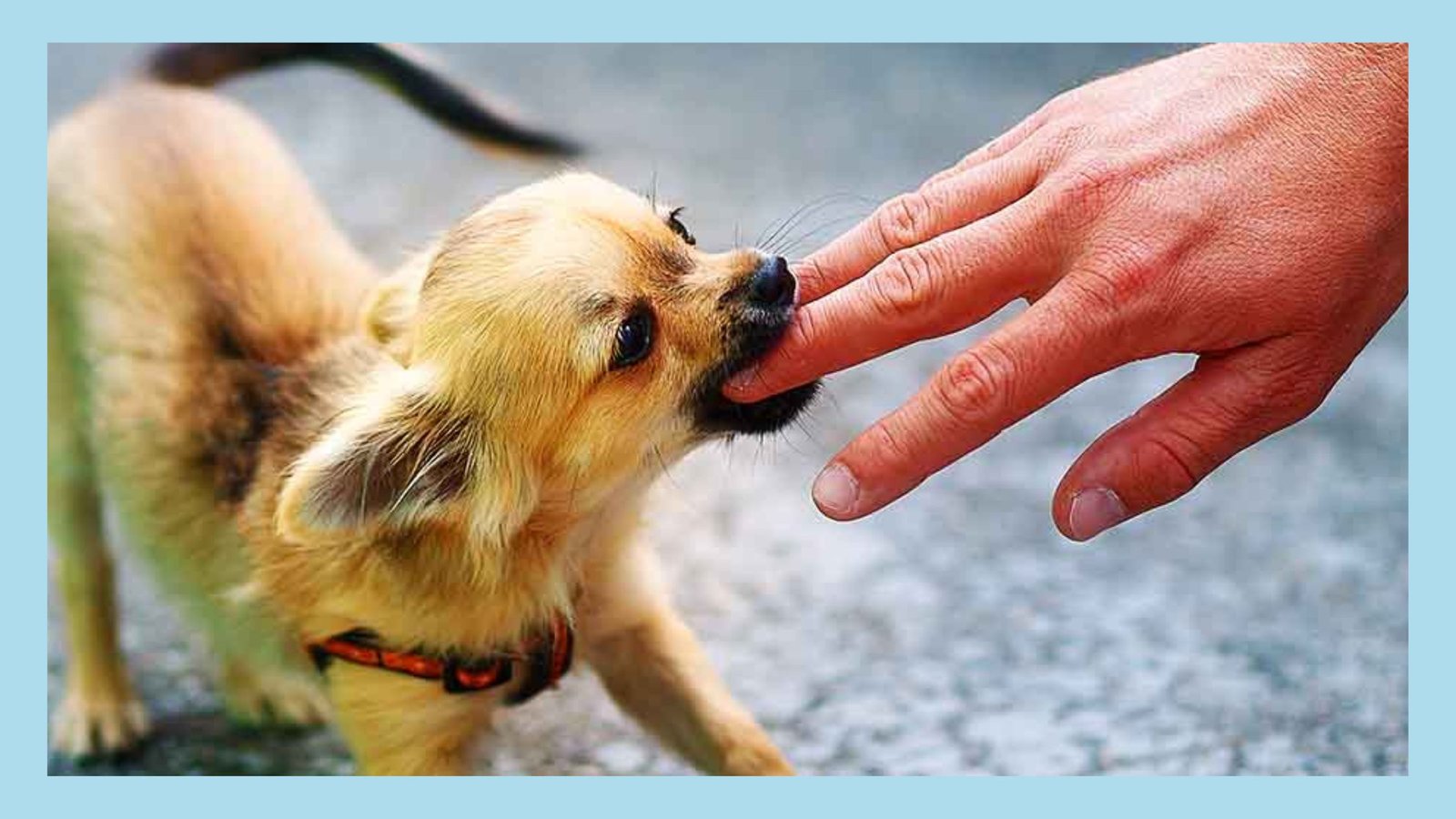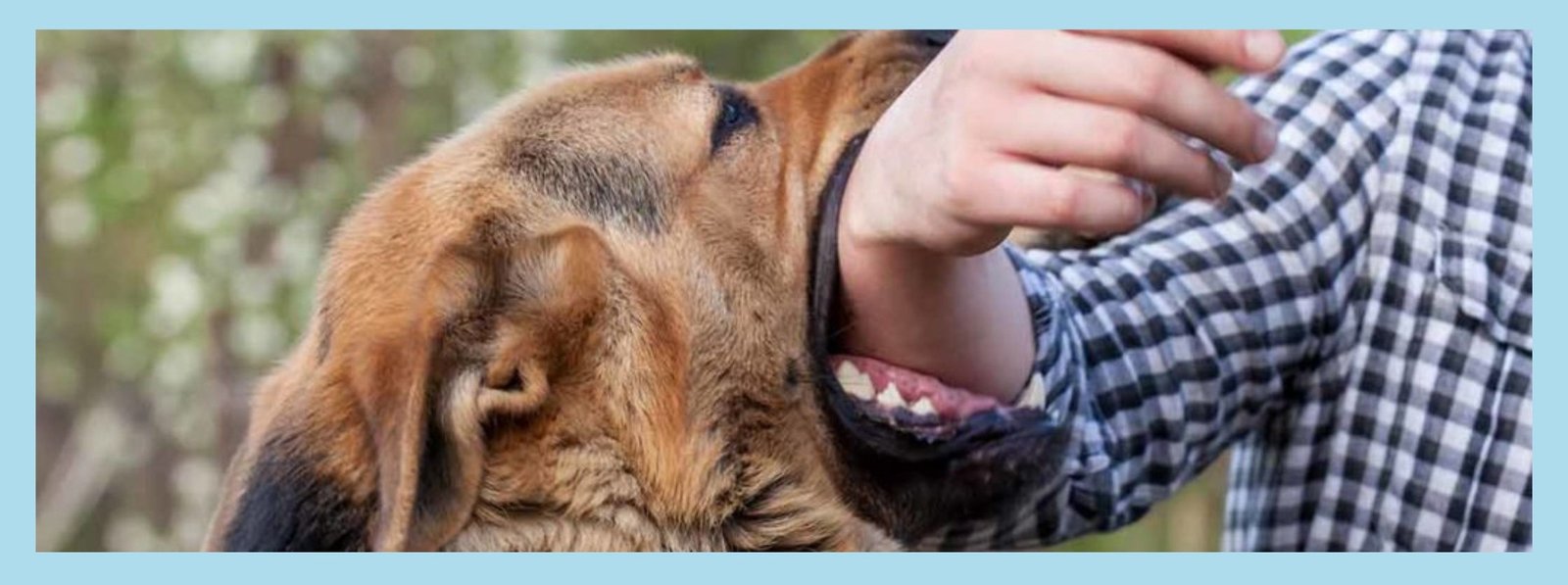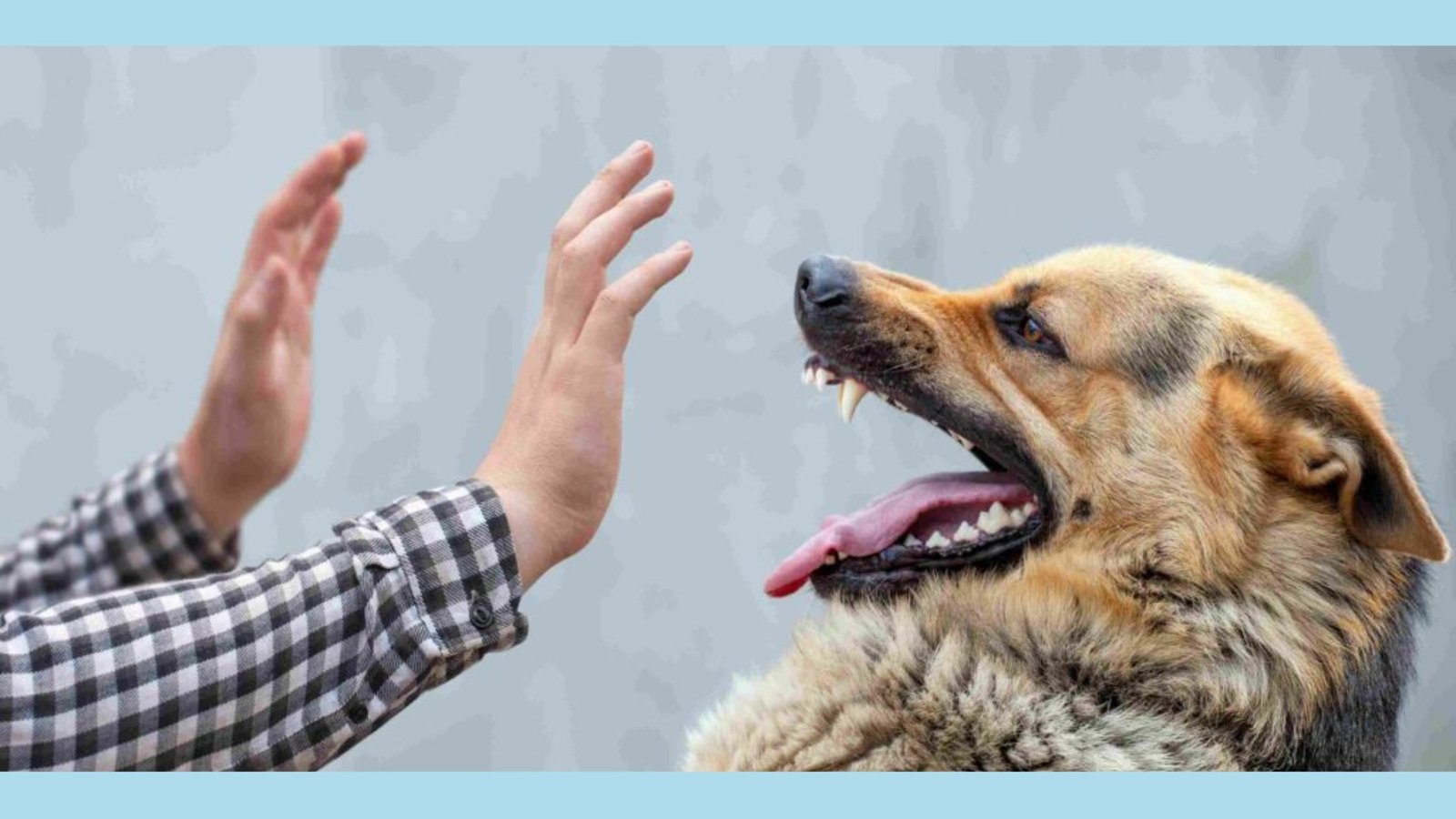
WHY IT IS IMPORTANT TO UNDERSTAND THE REASONS WHY DO DOGS BITE?
Dogs are loving pets that give joy and companionship. Sometimes, though, they may act aggressively and bite. It is crucial to comprehend why dogs bite. This article explores the causes behind a dog’s urge to bite and the factors influencing their actions.
The Dog Instinct
Biting is a natural behavior for dogs. Dogs descended from wolves, and biting was crucial for communication, self-defense, and pack hierarchy. Though domesticated dogs have adapted, the biting instinct persists.

REASONS WHY DO DOGS BITE
Fear and Anxiety or Pain from Illness
Dogs may bite when feeling threatened, frightened or anxious. Loud noises, unfamiliar situations, or past trauma can trigger this defense response. Biting helps dogs feel safer from perceived dangers.
A dog in physical distress or illness may bite to communicate discomfort. When in pain, dogs become irritable and reactive, increasing the likelihood of biting. Owners should watch for signs of pain or sickness and seek veterinary care promptly.
Dogs Bite to Protect or Due to Poor Training
Dogs guard their territory, possessions, and family members. They may bite if they think their pack or things are in danger. This protective nature is stronger in breeds raised for guarding.
Dogs need proper training to behave well with people and other animals. Dogs without enough training may show fear or aggression towards new situations or individuals. They may bite to defend themselves because of instinct.
Hunting Instincts Can Lead to Bites
Dogs have an urge to chase and catch prey from their hunting past. Quick movements like small animals or running children can trigger this drive. Dogs may bite because of these hunting instincts if not trained to control the impulses.

HOW TO RECOGNIZE THE WARNING SIGNS BEFORE DOGS START TO BITE?
Knowing signs that a dog may bite is important to prevent incidents.
What Signs You Need To Watch for Before Your Dogs Start To Bite?
- Raised fur on back
- Growling or snarling sounds
- Showing teeth
- Stiff body
- Large pupil size
- Ears pulled back
If you see these signs, give the dog space and avoid actions that could make it worse.
Frequently Asked Questions About How To Stop Dogs from Biting?
The best way to deal with dog bites is to prevent them from happening.
Here are some things you can do to reduce the risk:
It’s important to teach dogs good behavior when they’re young pups. Train them to obey basic commands. Let them meet other people and animals too. This helps dogs learn how to act properly around others.
Take good care of your dog. Make sure they have a safe home and see the vet regularly. Give them plenty of exercise, playtime, and affection. A happy, healthy dog is less likely to bite.
Show children and grown-ups how to interact safely with dogs. Don’t approach strange dogs without asking first. Don’t bother dogs while they’re eating or sleeping. Watch for signs that a dog feels scared or angry.
Keep dogs away from situations that might scare or upset them. Don’t take them to crowded or loud places if they get nervous. Give them a quiet space during stressful times. Use positive training to redirect their focus.
Get Expert Help When Needed
If a dog shows signs of aggression or has bitten before, it’s wise to consult an expert. Dog trainers and animal behavior specialists can evaluate the dog’s issues. They can provide customized training to curb biting behaviors.
Dogs bite because it’s natural for them. But we need to know why they do it and stop it from happening. Owners must train their dogs well. Dogs also need to meet and learn about other pets and people. This helps them feel safe around others. When dogs and humans understand each other, they can live happily together.

WHAT TO DO WHEN DOGS DO BITE SOMEONE?
Getting bitten by a dog can be scary for both the person and the dog. We need to help the person who got bitten and the dog too. Here are the first things to do if someone gets bitten by a dog. We’ll also explain how to treat dog bite wounds properly.
Keep Everyone Safe and Check How Bad the Bite Is
First, make sure the person is safe from the dog. Move them away so the dog can’t bite again. Call for help if needed. Once the person is safe, look at the bite marks. Small bites may need basic first aid. But deep or bleeding bites need medical care right away. Look for signs of infection too, like redness, swelling, or pus.
Clean the Wound and Control Bleeding
Properly cleaning the dog bite wound is crucial to prevent infection. Start by rinsing the wound gently with clean running water. Avoid using soap, hydrogen peroxide, or alcohol, as these can damage the tissue and delay healing. After rinsing, use mild soap and water to gently clean the area around the wound. Gently pat the wound dry with a clean towel or gauze.
If the dog bite is causing significant bleeding, apply gentle pressure to the wound using a clean cloth or sterile gauze. Elevating the injured area above the heart can also help to reduce bleeding. If the bleeding continue or is severe, seek immediate medical attention.
Apply Antibiotic Ointment and Dress the Wound, Watch for Signs of Infection
Apply an over-the-counter antibiotic ointment to help prevent infection, after cleaning the wound. Cover the wound with a sterile bandage or dressing to protect it from dirt and bacteria. Daily change the dressing or as directed by a healthcare professional.
Monitor the dog bite wound for any signs of infection, such as increased pain, redness, swelling, warmth, or the presence of pus. If any of these symptoms develop, or if the victim develops a fever, seek medical attention promptly. In some cases, oral antibiotics may be necessary to treat the infection.
Encourage Medical Evaluation and Report the Incident
Regardless of the severity of the dog bite, it is important to encourage the victim to seek medical evaluation. A healthcare professional can assess the wound, provide appropriate treatment, and determine if additional measures such as tetanus vaccination or rabies prophylaxis are necessary.
Reporting the dog bite incident is essential to ensure the safety of others and to prevent future incidents. Contact your local animal control or health department to report the incident. Provide them with as much information as possible, including a description of the dog and its owner, if known.
Address the Needs of the Dog and Seek Professional Help for Aggressive Dogs
While it is important to prioritize the well-being of the person who has been bitten, it is also crucial to address the needs of the dog involved. If the dog is a stray or unknown, contact animal control to have them assess the situation. Try to find out if that dog belongs to someone, inform the owner about the incident so they can take appropriate measures to prevent future bites.
If the dog that bit someone has a history of aggression or shows signs of being dangerous, it is important to seek professional help. Contact a veterinarian or an animal behaviorist who can provide guidance on training, behavior modification, or other interventions to ensure the safety of the dog and those around it.

HOW TO TRAIN YOUR DOGS TO NEVER BITE ANYONE?
Having a dog that bites can be a concerning and potentially dangerous behavior. It’s important to address this issue promptly to ensure the safety of both your loved ones and others. So, let’s show you and discuss effective techniques to train your dog not to bite anymore or to only bite when necessary to defend your family.
How to Understand The Reasons Behind Why Do Dogs Bite?
Before starting training, it is important to know why your dog is biting. Dogs may bite because they feel afraid or anxious. They may bite to guard their space. Or, they may bite because they did not learn social skills as a puppy. Finding the reason will help you choose the right training method.
Consistent Training with Rewards
Consistency is crucial when teaching your dog not to bite. Everyone in your home must follow the same rules.
Here are some effective training tips:
- Ask a professional dog trainer for help. Trainers know how to stop problem behaviors like biting. They can guide you through the training process.
- Let your dog meet new people, animals, and places when they are young. This helps them feel comfortable in new situations, so they are less likely to bite.
- Give your dog treats, praise, and affection when they behave well. This positive reinforcement encourages good behavior. It discourages biting.
- If your dog seems about to bite, redirect their attention. Ask them to sit or lie down, and reward them for following your command.
- Desensitization: Gradually expose your dog to situations that trigger their aggressive behavior, starting with low-intensity stimuli and gradually increasing the intensity. This will help them become desensitized and less likely to respond aggressively.
If your dog’s biting behavior persists despite your best efforts, it may be beneficial to seek professional help. A veterinarian or an animal behaviorist can assess your dog’s behavior and provide tailored advice and training techniques.
How to Protect Your Family from Dogs That Do Bite?
While it’s important to train your dog not to bite, it’s equally important to teach them when it’s appropriate to protect your family.
Here are some tips:
- Teach the “Leave It” Command: Train your dog to respond to the “leave it” command, which will help them understand when to back off from a potentially dangerous situation.
- Proper Socialization: Socialize your dog with family members and close friends so they can differentiate between familiar faces and potential threats.
- Recognizing Threatening Situations: Teach your dog to identify threatening situations by observing your body language and verbal cues. This will help them distinguish between a playful interaction and a potentially dangerous situation.
- Professional Training: Consider enrolling your dog in specialized protection training programs, where they can learn to differentiate between real threats and everyday situations.
- Supervision: Always supervise your dog when they are around unfamiliar people or in situations where their protective instincts may be triggered.
A Quick Overview on Why dogs sometimes bite
Training a dog to stop biting or only bite to protect the family requires time, doing things the same way, and the right methods. Understanding why the dog bites and using good reinforcement can help the dog be a well-behaved, protective family member. If having trouble, ask for professional help to keep everyone safe.
If a dog bites, act quickly. First, get to safety. Then clean and bandage the wound. See a doctor to check for problems. Report the bite. Look at why the dog bit to prevent future bites. With care, dog bites can be handled properly for the person’s and dog’s well-being. We hope this explains why dogs sometimes bite.










